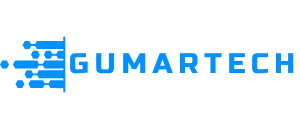Maximize Email Success with ActiveCampaign Segmentation
Within the sphere of digital marketing, specifically in the context of email marketing, ActiveCampaign segmentation plays a crucial role in enhancing engagement and conversion rates. It is not merely an option; rather, it is a necessity in the current competitive landscape. Effectively implemented, segmentation allows marketers to deliver tailored content that resonates with distinct audience segments, thereby improving the customer experience and driving sales growth.
The Significance of Segmentation in Email Marketing

Segmentation involves categorizing your contacts into smaller, more manageable groups based on defined criteria, including demographics, behaviors, preferences, or purchasing history. This precise strategy allows for the delivery of tailored messages that address the specific needs and interests of each group.
The Role of Segmentation in Targeted Campaigns
In traditional email campaigns, every recipient often receives the same message regardless of their preferences or past interactions. This one-size-fits-all strategy can result in lower engagement rates and increased unsubscribe rates because it fails to resonate with individual recipients.
Segmentation changes this narrative by allowing marketers to craft specific messages aimed at distinct segments of their audience. For example, a clothing retailer could segment its audience into various categories like men, women, and children. By tailoring promotional emails according to these segments, they can highlight relevant products and ensure that their messaging aligns with the interests of the recipients.
Moreover, segmentation fosters a deeper connection between brands and consumers. When customers receive emails that specifically address their preferences, like special promotions on items they’ve shown interest in, they are much more likely to engage, click through, and convert into paying customers. This level of personalization leads not only to higher open and click-through rates but also cultivates brand loyalty.
Benefits of Effective Segmentation
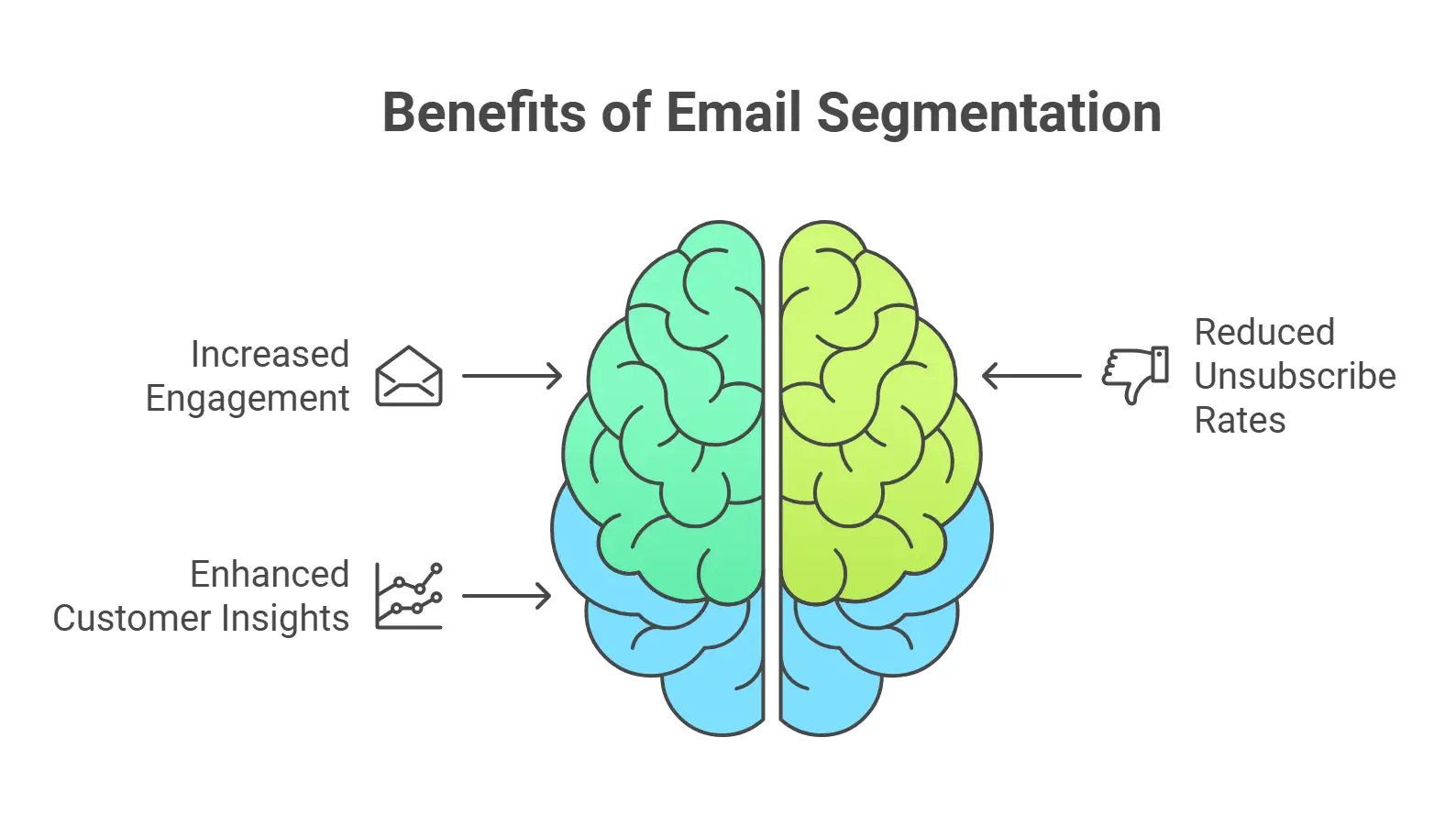 The primary benefit of effective segmentation lies in its ability to improve relevancy. By aligning your marketing efforts with the interests of your audience, you can provide them with value instead of bombarding them with generic information. Here are some key advantages:
The primary benefit of effective segmentation lies in its ability to improve relevancy. By aligning your marketing efforts with the interests of your audience, you can provide them with value instead of bombarding them with generic information. Here are some key advantages:
- Increased Engagement: Personalized emails that respect the recipient’s preferences lead to higher open rates and greater interaction with your content.
- Reduced Unsubscribe Rates: When subscribers consistently find value in your communications, they are less inclined to opt out from your mailing list.
- Enhanced Customer Insights: Tracking the performance of segmented campaigns provides invaluable data about customer behavior, allowing marketers to refine future strategies effectively.
By leveraging these benefits, businesses can maximize their ROI and build lasting relationships with their customers. The results of effective segmentation translate into tangible improvements in sales, brand reputation, and customer satisfaction.
Common Segmentation Mistakes to Avoid
While segmentation has immense potential, several common pitfalls can undermine its effectiveness. Understanding these mistakes is crucial for marketers aiming to harness the full power of segmentation.
- Over-segmentation: Creating too many segments may lead to confusion and diluted messaging. It’s essential to find a balance that allows for personalization without overwhelming your team with complexity.
- Ignoring Data Quality: Segmenting based on inaccurate or outdated data can lead to misguided campaigns. Regularly cleaning your database and ensuring data accuracy is vital.
- Neglecting Testing: Failing to test different approaches can stifle innovation. Marketers should continually experiment with segmentation strategies to find what truly resonates with their audience.
By being aware of these common errors and proactively addressing them, marketers can refine their segmentation tactics and drive more successful campaigns.
ActiveCampaign Segmentation Strategies
ActiveCampaign provides a variety of segmentation methods for marketers to design effective campaigns. Grasping these strategies is crucial for mastering activecampaign segmentation.
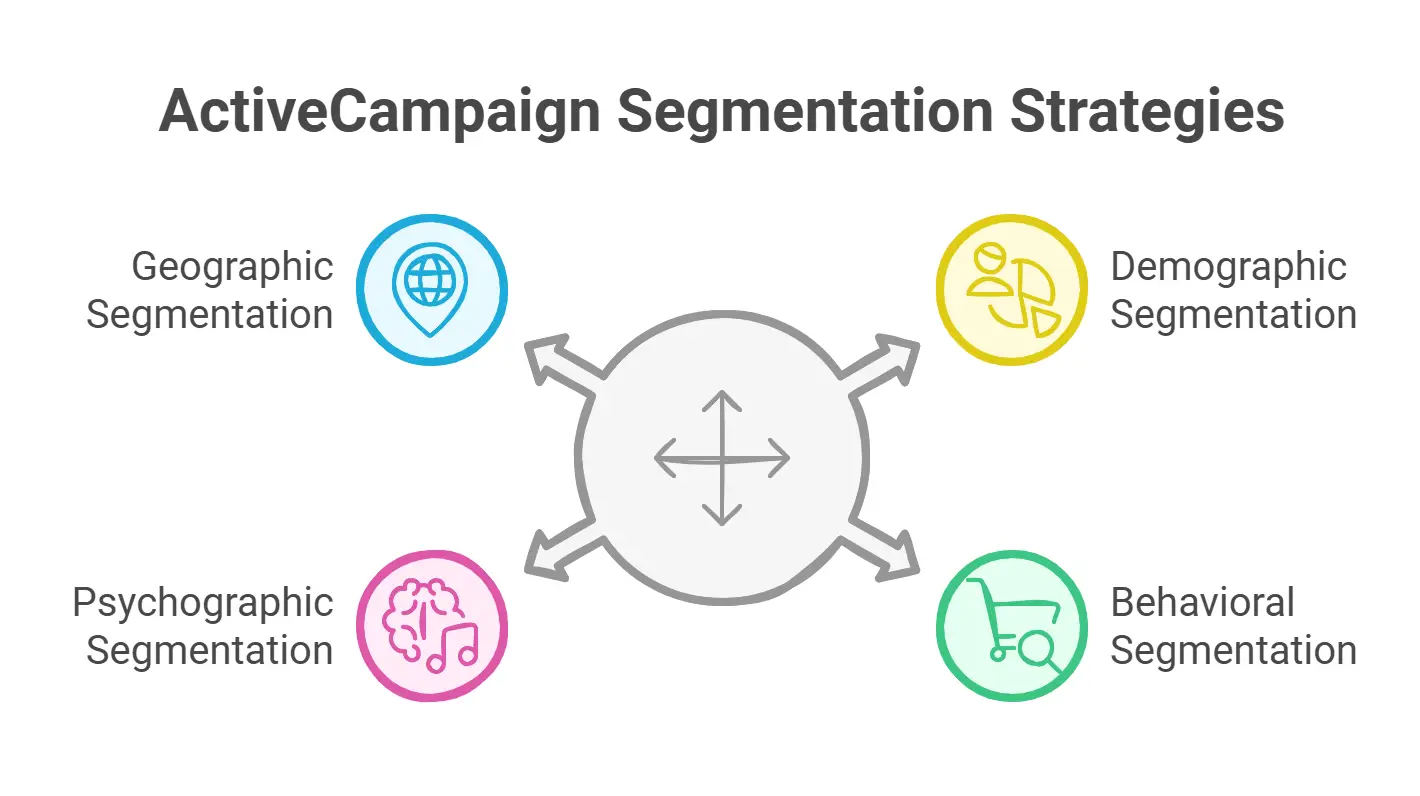
Demographic Segmentation
Demographic segmentation categorizes audiences by visible traits like age, gender, income, education, and location, helping to tailor messages to specific groups.
For example, promoting luxury products to high-income individuals ensures targeted messaging. Demographic insights also help predict buying patterns, allowing marketers to select suitable language and offers.
Behavioral Segmentation
Behavioral segmentation analyzes user interactions with your brand, including website visits and purchase history. This allows for personalized emails based on user actions.
Targeted recommendations can be sent to frequent visitors of specific product categories, boosting purchase likelihood while re-engaging inactive users through tailored win-back strategies.
Psychographic Segmentation
Psychographic segmentation explores the interests, values, and lifestyles of audiences, offering deeper insights than demographics alone.
Brands can create ideal customer profiles based on psychographics, fostering resonant messaging. For instance, a wellness brand might target health enthusiasts with custom communications.
Geographic Segmentation
Geographic segmentation sorts audiences by their location, aiding businesses in customizing marketing efforts according to regional preferences and cultural nuances.
For example, a restaurant may advertise seasonal dishes unique to different locations. This method is vital in e-commerce for managing shipping costs and compliance.
How to Set Up Segmentation in ActiveCampaign
Setting up effective segmentation within ActiveCampaign requires careful planning and execution. Below are the steps you need to follow to successfully implement segmentation in your email marketing campaigns.
Creating Contact Lists and Tags
ActiveCampaign uses lists and tags as fundamental tools for segmentation. Lists allow you to organize your contacts into broad categories, while tags offer a more granular way to track specific attributes or behaviors.
To create contact lists, navigate to the “Contacts” section in ActiveCampaign and select “Lists.” Here, you can create new lists based on specific criteria related to your business. For instance, you could have lists for “Newsletter Subscribers,” “Loyal Customers,” or “Leads.”
Tags can be used to classify individuals further based on their interactions with your brand. For example, you might tag contacts who attended a webinar or downloaded a white paper. This enables you to tailor future communications based on their demonstrated interests.
When setting up your lists and tags, it’s essential to establish clear naming conventions to avoid confusion. Having a well-organized system facilitates seamless communication and efficient campaign management.
Utilizing Custom Fields for Enhanced Segmentation
Custom fields allow you to collect and store additional information about your contacts beyond standard data points like name and email address. This feature enhances your segmentation capabilities significantly.
You can create custom fields for details relevant to your business, such as industry, job title, product preferences, or any other attribute that informs your marketing strategy. To add custom fields, go to “Forms” within ActiveCampaign, select “Manage Fields,” and create fields tailored to your needs.
Collecting this additional information through forms or surveys gives you richer data to work with. For instance, if you know a subscriber’s job title, you can tailor your messages based on their professional needs and challenges.
Effective use of custom fields can significantly enhance your segmentation efforts by providing deeper insights into your audience’s specific needs and pain points, ultimately leading to higher engagement rates.
Setting Up Automation for Dynamic Segmentation
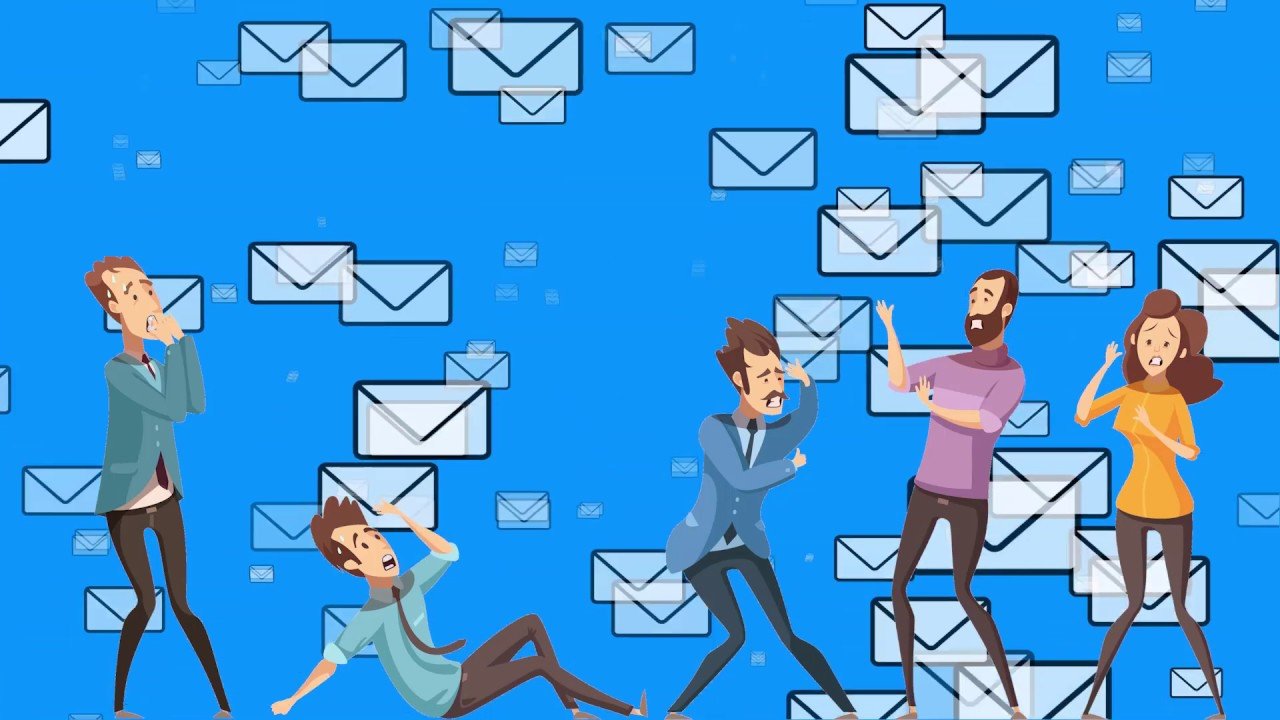
One of the most powerful features of ActiveCampaign is its automation capabilities, which allow for dynamic segmentation. With automation, you can create rules that automatically move contacts into different segments based on their actions and behaviors.
Begin by setting up automation triggers that respond to contact activity, such as opening an email, clicking a link, or completing a purchase. These triggers can initiate automated workflows that adjust the contact’s tag or move them to a different list based on their actions.
For example, if a contact clicks a link to view a specific product, you can set an automation that tags them as “Interested in [Product].” This dynamic response ensures that your segmentation remains current and relevant, allowing for timely and personalized communications.
Automation is a game-changer for maintaining segmented lists, as it reduces manual labor and ensures your audience receives timely and appropriate messaging tailored to their journey with your brand.
Advanced Segmentation Techniques
Once you grasp the basics of segmentation in ActiveCampaign, you can explore advanced techniques that can elevate your campaigns to the next level.
Predictive Segmentation

Predictive segmentation leverages artificial intelligence (AI) and machine learning to analyze historical data and predict future behaviors. By implementing predictive analytics, marketers can segment their audience based on predicted purchasing patterns, enabling proactive outreach to potential buyers.
For instance, if a customer frequently purchases skincare products during certain seasons, predictive segmentation can identify when they are likely to make future purchases. Using this insight, marketers can send targeted promotions or product recommendations right when customers are most ready to buy.
By harnessing these advanced techniques, businesses can stay ahead of demand and cultivate stronger relationships with their customers.
RFM Analysis (Recency, Frequency, Monetary)
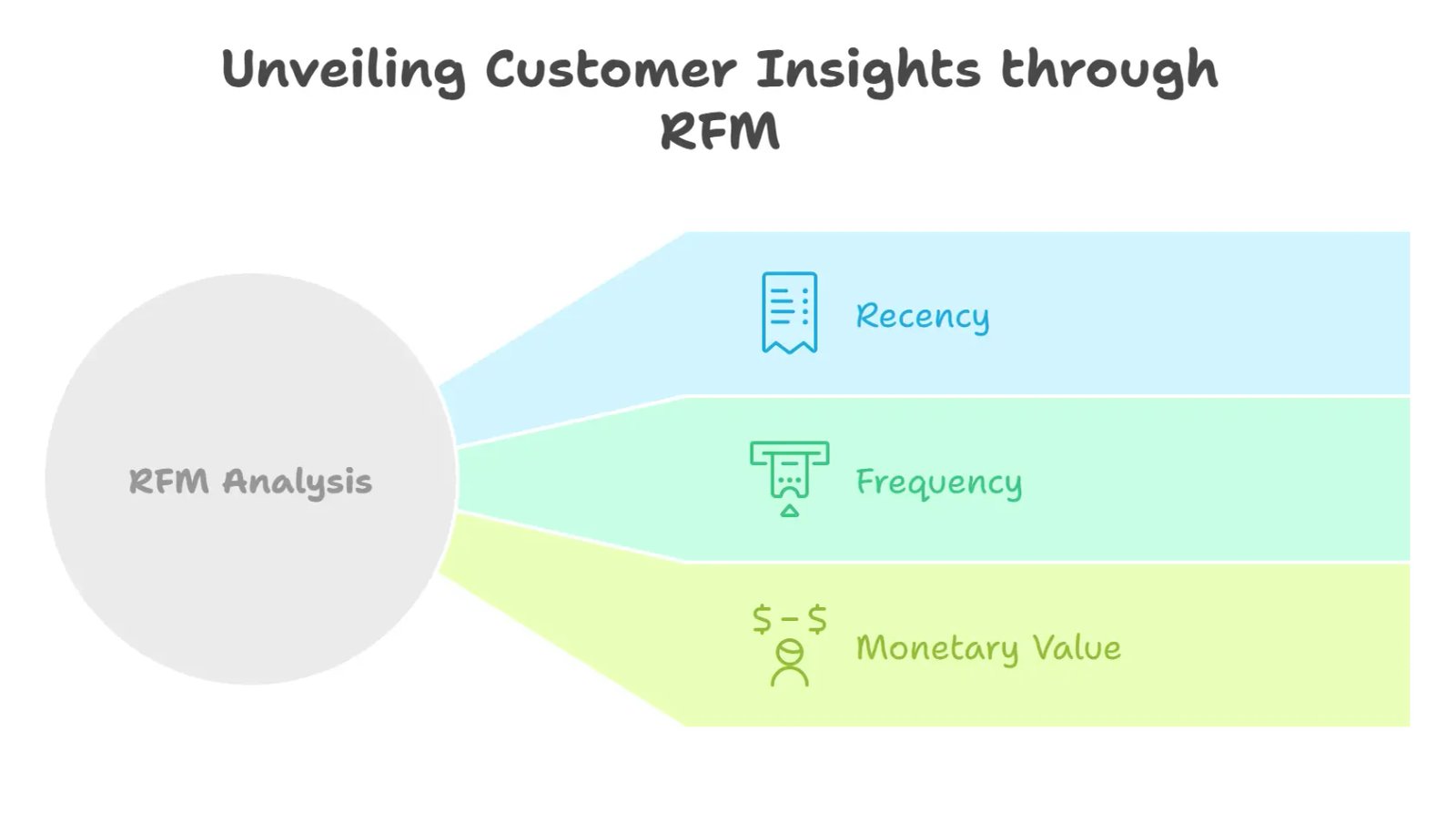 RFM analysis is a technique used to segment customers based on three key factors: recency (how recently a customer has made a purchase), frequency (how often they buy), and monetary (how much they spend).
RFM analysis is a technique used to segment customers based on three key factors: recency (how recently a customer has made a purchase), frequency (how often they buy), and monetary (how much they spend).
By analyzing these metrics, businesses can categorize their customer base into groups like loyal customers, new customers, and at-risk customers. This nuanced understanding allows marketers to tailor messaging strategies effectively.
For example, a business might offer incentives to at-risk customers to encourage them to return, while rewarding loyal customers with exclusive deals. RFM analysis provides actionable insights that can significantly impact retention and loyalty.
Cohort Analysis
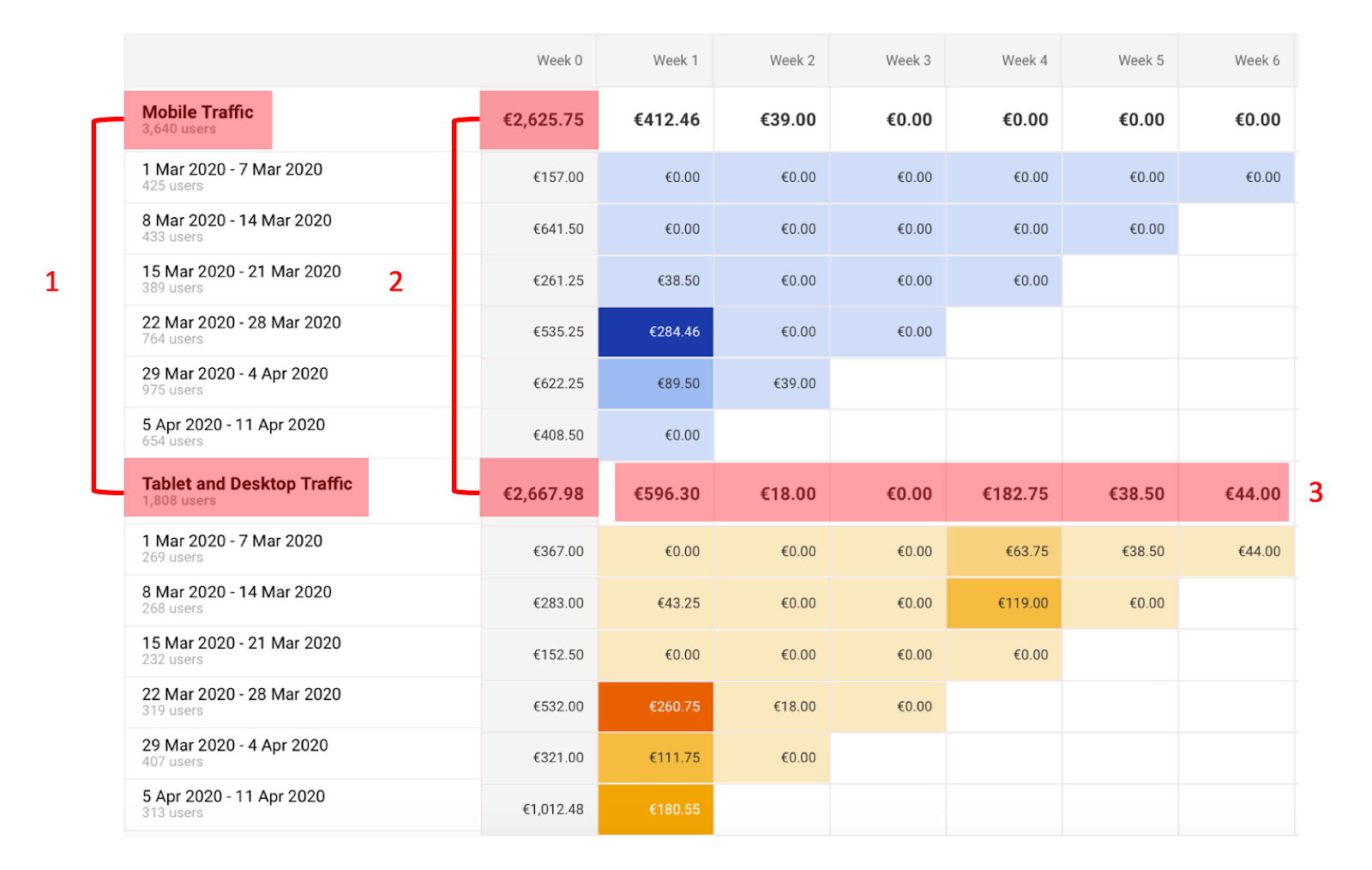
Cohort analysis focuses on grouping customers based on shared experiences within a given time frame. By analyzing cohorts, businesses can identify patterns in customer behavior, such as the effects of a specific marketing campaign or seasonal trends.
This technique allows marketers to assess the long-term value of various customer segments and adjust their strategies accordingly. For instance, if one cohort shows impressive engagement after a particular campaign, replicating that success for future segments becomes feasible.
Cohort analysis is a valuable tool for continuous improvement, as it highlights the effectiveness of marketing efforts over time.
Best Practices for Effective Segmentation
Implementing best practices in segmentation ensures that your efforts yield the desired results. Here are some critical guidelines to keep in mind when working with activecampaign segmentation.
Regularly Clean Your Data
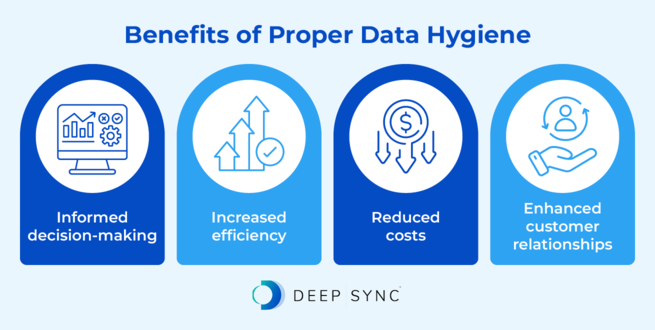
Maintaining accurate and up-to-date contact information is paramount for successful segmentation. Regularly clean your database to remove inactive contacts, duplicates, and incorrect entries. By ensuring that your data is reliable, you can use it to inform segmentation strategies confidently.
Cleaning your data not only enhances segmentation accuracy but also improves email deliverability. When your emails reach engaged and interested subscribers, you’ll see improved open and click-through rates, translating to better overall campaign performances.
Monitor and Analyze Performance
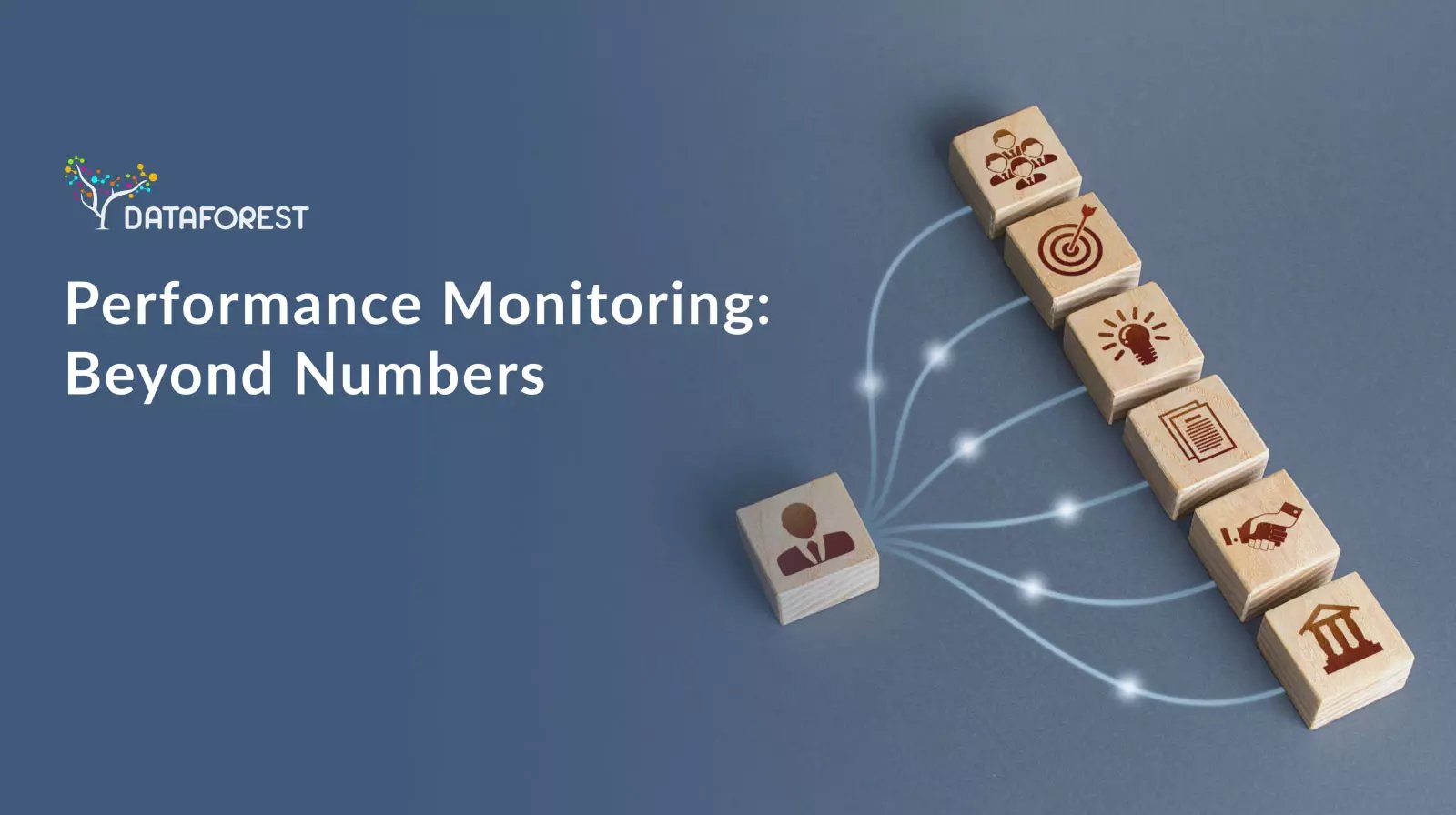
Consistently monitor the performance of your segmented campaigns to understand what works and what doesn’t. Use ActiveCampaign’s reporting features to track metrics like open rates, click-through rates, and conversion rates across different segments.
Analyzing performance data will provide insights into audience preferences and behaviors, allowing you to refine your segmentation strategies continually. Be willing to adjust your approach based on the insights gained from your campaigns.
Test Different Approaches
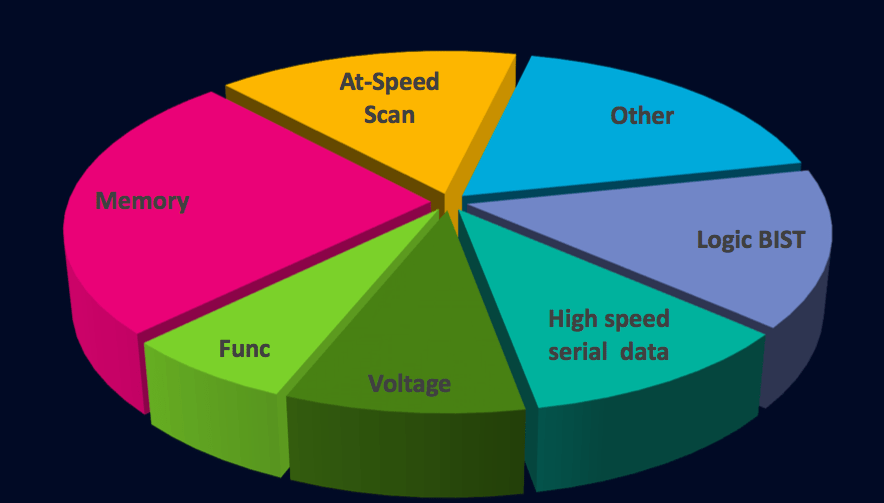
Testing is crucial for discovering the most effective segmentation strategies. Experiment with different segments, messaging, and timing to determine what resonates best with your audience. Utilize A/B testing to compare variations in subject lines, email designs, and offers.
Through systematic testing, you can uncover valuable insights that can inform future campaigns and help optimize your segmentation efforts. Embrace a culture of experimentation to remain agile and responsive to your audience’s needs.
Final Thoughts
Achieving proficiency in activecampaign segmentation is an important process that can significantly boost the success of your email marketing initiatives. By grasping the fundamentals of segmentation, applying different techniques, and adhering to established best practices, you can craft campaigns that resonate with the specific needs and preferences of your audience.
The significance of segmentation cannot be overstated; it is crucial for unlocking enhanced engagement levels, fostering customer loyalty, and ultimately driving increased sales. As you put into practice the strategies discussed in this guide, keep in mind the importance of flexibility and the continual improvement of your segmentation methods.
With commitment and the appropriate resources, you have the potential to revolutionize your email marketing strategies build meaningful relationships with your subscribers, and steer your business towards achievement.
